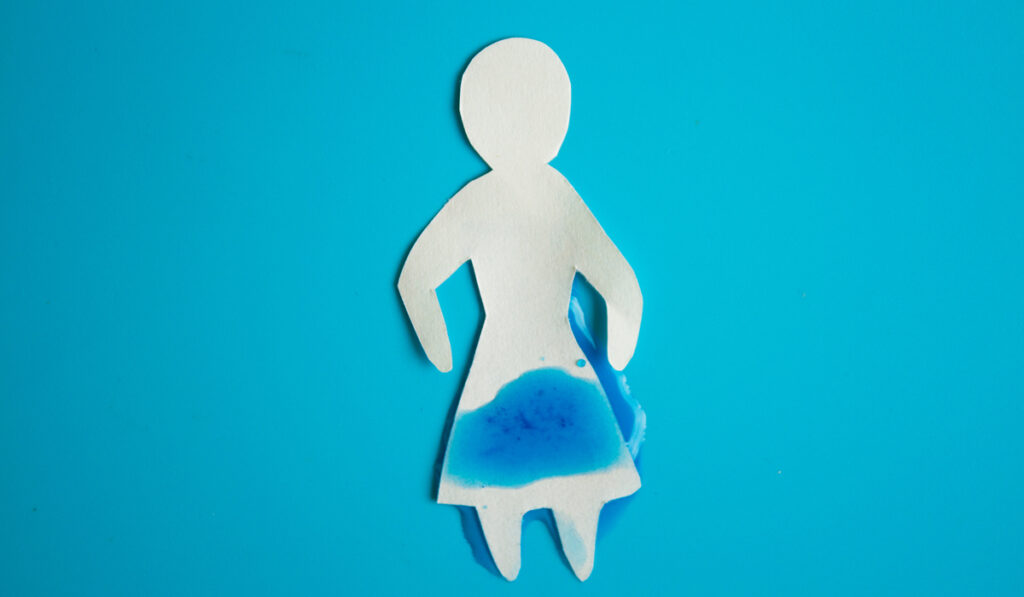When researchers analyzed pain-sensitivity and anxiety levels of patients with overactive bladder, they found a link between higher anxiety scores and lower levels of pain tolerance.
“This novel finding supports a role for central nervous system sensitization in both the onset and severity of overactive bladder,” said W. Stuart Reynolds, M.D., M.P.H., an associate professor of urology at Vanderbilt University Medical Center and coauthor of a study about these mechanisms in Neurourology Urodynamics. “We’ve known for years that emotions play a role in overactive bladder, but how they do that has been a crucial unanswered question.”
Starting to Reveal Root Causes
“People have looked at the links between anxiety and depression and the bladder, but they haven’t delved deeply into the actual mechanisms,” Reynolds said.
There is more still to learn about the underlying mechanisms behind overactive bladder. Today’s treatments are designed to reduce symptoms. There has been no cure.
Treatment with the mainstay anticholinergic drugs can produce unwelcome side effects, including dry mouth and constipation, as well as increased risks of dementia and Alzheimer’s.
Considering All Relevant Influences
Reynolds and his colleagues hope to clarify how biological, psychological and social factors all contribute to the onset and severity of overactive bladder.
Research has shown that stress causes overactive bladder in rodents. Now, Reynolds’ group is doing similar experiments with humans to establish the role of stress in the bladder disorder.
The Role of Hypersensitivity
Reynolds’ group worked with a sample of 120 women, comparing women with overactive bladder and at least mild anxiety (PROMIS® Anxiety score of at least 55) to those with overactive bladder and lower anxiety scores.
The group analyzed patients’ responses to questionnaires about the severity of their overactive bladder and its impacts on their quality of life, and about other somatic symptoms.
“Women with overactive bladder and at least some anxiety reported more psychological stress and worse quality-of-life due to the bladder problems than women without anxiety,” Reynolds said.
Measuring Responses to High Heat
Moving beyond self-reports, the researchers also took physical measurements of sensitivity to pain as indicators of the patients’ degree of sensitivity.
The researchers administered a sequence of heat pulses to each woman’s forearm, with the heat quickly rising and falling between 104 and 120 degrees Fahrenheit. Right after the peak of every pulse, each participant verbally rated the pain’s intensity on a scale of zero (no pain) to 100 (worst possible pain).
The researchers calculated the slope of the change in pain ratings over the first five stimuli for each person. Steeper slope values indicated greater physical sensitivity.
Women with at least mild anxiety had significantly higher levels of central sensitization, as measured by the intensity of their responses to the hot pulses, than those who did not have anxiety (temporal summation to heat pain score 6.0 + 4.8 versus 3.7 + 3.9).
This difference also showed up when the researchers used other quantitative measures of physical sensitivity.
Confirming Animal Findings
Earlier research in rodents had suggested the nervous system as the site of possible causative mechanisms for overactive bladder, Reynolds explained.
“A lot of animal work has shown that if you stress animals in certain ways, they will develop signs and symptoms resembling overactive bladder. They get this stressed anxious phenotype, with patterns of peeing and behavior much like what we see in humans.”
“If you stress animals in certain ways, they will develop signs and symptoms resembling overactive bladder.”
In an ongoing, not-yet-published study, Reynolds and his colleagues are doing another experiment to continue to fill the gap between animal and human research.
“We will bring people into our lab, some with overactive bladder and some without it, and then we’ll stress them out with things like doing hard math problems,” Reynolds said.
Intended to prompt feelings of frustration and stress, the problems scenario will be followed by physical measurements of each subject participant, including heart rate and blood pressure. The goal again is to determine if people with overactive bladder are more likely to have increased bladder sensitivity when exposed to stress, as rodents do.
A Great Need
Overactive bladder symptoms may include difficult-to-control urges to urinate, leakage, and frequent urination. It occurs in 17 percent of the United States population, with a higher incidence among older people, and it places a significant public health burden on the nation.
Going forward, Reynolds and his colleagues plan to investigate ways to decrease central nervous system sensitivity in patients in hopes that tackling the root cause will lead to improved treatment.





